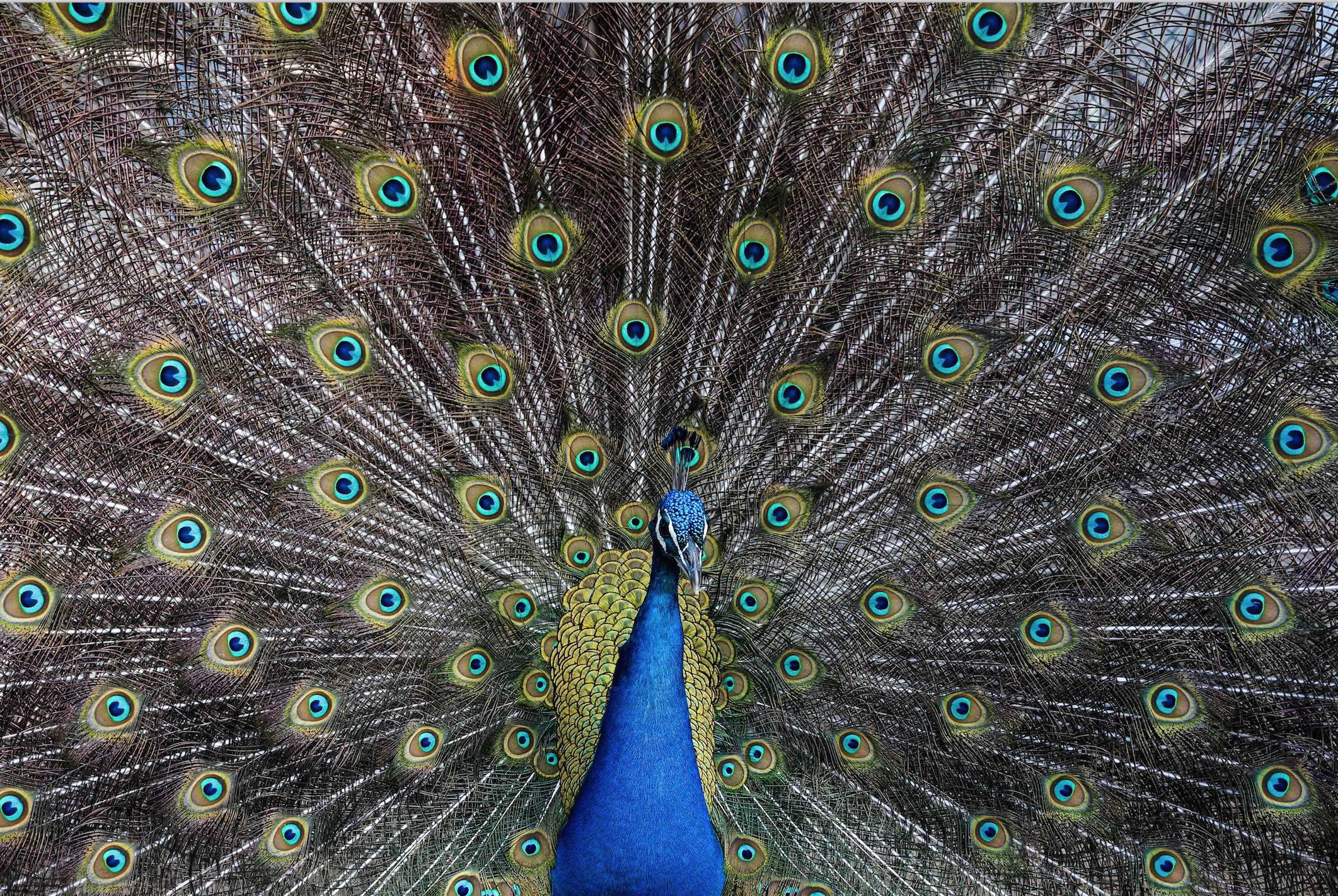
Many people perceive evolution as a process that continually creates improvement, making animals ever bigger, faster and stronger. However this is not always the case. During sexual reproduction random genetic mutations can occur—some of these mutations cause changes that adapt the animal for optimal survival in its environment. Some changes may be neutral, but some cause maladaptive traits—changes that disrupts an organism’s life or actually decrease its chances of survival. Here are five examples of what happens when evolution ventures slightly away from the ideal.
1. Irish Elk

The male Irish elk was also encumbered by a burden to impress females—they grew the biggest antlers ever recorded, which stretched over 10ft wide. Irish elk became extinct 10,600 years ago, and their weighty headgear has been proposed as the reason why. In the late 1800s, it was thought evolution proceeded in straight lines, called orthogenesis, and that the antlers had grown larger and larger until they became tangled in thickets which caused the elk to die off. However, orthogenesis was disproved when the role genes play in natural selection was discovered.
By the 1970s, the part antlers play in sexual selection was realised, but they were still blamed for the animal’s downfall. By then, it was known that the climate changed at the end of the last Ice Age causing the shrubby woodlands in which elk live to shrink. It was thought that this meant the elk could no longer find enough food to fuel the growth of their giant antlers. However it is now believed that this theory is too simplistic. Analysis of teeth enamel from fossilised elk show they did suffer from lack of food, but this likely resulted in the death of young elk (before they had grown the antlers), causing population declines.
2. Dodo

It is not just natural phenomenon that causes maladaptation—humans are rapidly changing the world and animals that were once perfectly adapted to their environments have suffered the consequences. The dodo is the classic example. The now extinct bird was adapted to life without ground-dwelling predators—it nested on the ground and was unable to fly. It also built up fat reserves during the wet season when there was an overabundance of food to see it through the dry season when little food was available. The plump, slow, flightless birds were unable to escape from the sailors who landed on Mauritius, nor were their single eggs from the pigs, rats, dogs and monkeys humans brought with them.
3. Cane Toad

Topping the list of ways humans cause physical traits to become maladaptive is invasive species. The cane toad was introduced to Australia from central and South America in 1935 to control a pest beetle in sugarcane crops. Instead, the toads spread throughout the country and killed native predators that died from ingesting their toxins. Yet studies have shown that the cane toads themselves are maladapted to their new environment because they are more vulnerable to local meat ants than native frogs. Cane toads fail to detect or evade the ants, select habitats and habits that increase their encounters with ants, and adopt an ineffective defence mechanism. However, research suggests this could be exploited as a means to control the invasive cane toads and save local species.
4. Peacock

The peacock’s showy tail appears to make him vulnerable. He could be easily spotted by predators, and his manoeuvrability and powers of take-off and flight are also impaired. Why natural selection did not eliminate this elegant—but seemingly useless tail—was a question Charles Darwin grappled with, that is until he came up with the idea of sexual selection.
Peahens are attracted to the male’s tail. It is a visual indicator of fitness, and the males with the biggest tails are more likely to be selected by females, reproduce and pass on their ‘big tail’ genes. Males incur extra metabolic costs to produce a tail that is nearly 7% of their own bodyweight. But for the improved chances of reproduction it seems this is a cost worth paying.
5. Moths

Many of us are familiar with the apparently suicidal dives moths make towards artificial lights or burning candles, but the real reason for such self-immolation remains a mystery. Moths navigate by flying at a constant angle relative to a light source. One explanation suggests that when they evolved, the only light would have come from the sun, moon or stars. This light is very distant and incoming light rays arrive just about parallel to each other, so moths expect to receive light at a fixed part of their eye. If the moth flies in a straight line, this visual pattern stays the same. It is possible that, because the angle at which artificial light strikes their eye changes, when they try to maintain a straight line they spiral towards the light. Once there, they become blinded, disoriented or confused, diving into the flames as a result.
